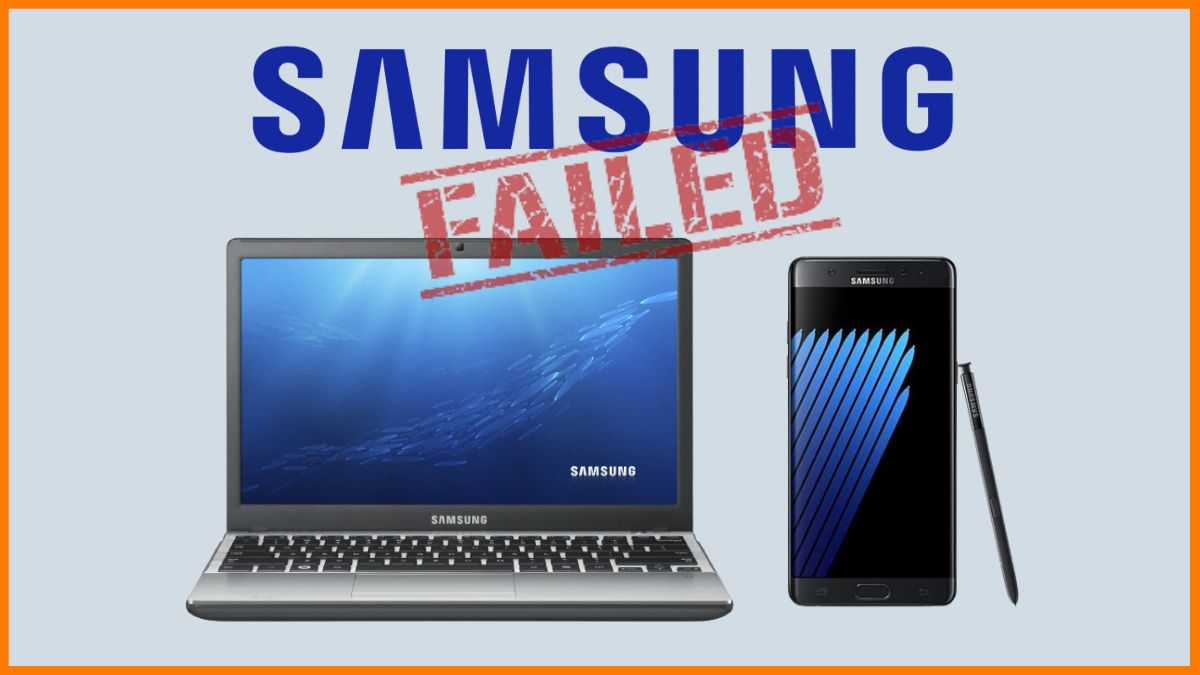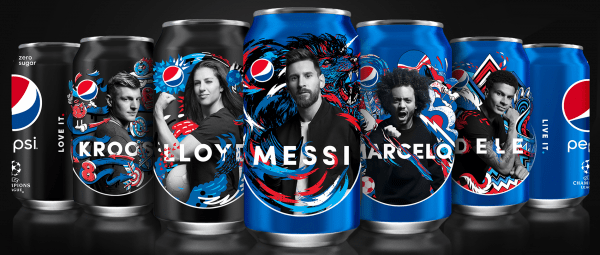
Branding is business management, culture, and operations.
When we talk about branding, the conversation focuses on logos, colors, advertising messages or social media presence. However, understanding a brand holistically is about much more than that.
Brand management involves considering all aspects of the business that impact the customer experience and, therefore, the building of brand value.
Branding as a strategic system
From the very conceptualization of the business, every decision contributes to shaping the brand. This includes defining the business model, value proposition, desired positioning, corporate values and leadership style.
A powerful and coherent brand does not arise from an inspiring advertising campaign, but from a well thought out and consistently executed business strategy.
The Economist’s “Brands and Branding” stresses that a brand is not just a visual identity or a marketing promise, but a strategic asset that must be managed as such. Similarly, “Kellogg on Branding” points out that the brand must be present in all the organization’s fundamental decisions: from customer experience to personnel management.
The invisible dimensions of the brand
- Production and quality of the product or service. If the product does not meet the expectations that the communication generates, a dissonance is produced that erodes the brand.
- Corporate culture. Internal values must be closely linked to communicated values. A toxic culture sooner or later leaks into the customer experience.
- Logistics and customer service. Brand promise can crumble due to late delivery or inadequate response to a complaint.
A common mistake is to assume that these operational elements are disconnected from branding. On the contrary, any broken link in the value chain has a direct impact on brand perception.
Benefits of a broad vision
Understanding the brand as an ecosystem helps make more coherent business decisions, fosters integration between departments and aligns the customer experience with the brand promise. This holistic view generates greater loyalty, sustained differentiation and financial value. In addition to the aforementioned books, works such as “The Brand Gap” by Marty Neumeier or “How Brands Grow” by Byron Sharp, provide complementary perspectives on the importance of building brands from the total customer experience and not only from communication.
Examples of management errors unrelated to brand marketing
- Although Volkswagen’s communication was impeccable, the “dieselgate” scandal (2015) severely damaged its global reputation. This was a mistake of business ethics and internal culture, not marketing.
- United Airlines and the Forced Removal Event (2017): The physical assault on a passenger in order to free up space on an oversold flight evidenced a serious shortcoming in operational policies and staff training. The damage to the brand was global, despite its subsequent communication efforts.
- Boeing and the 737 MAX accidents (2018-2019): Deficiencies in MCAS software design and pressure to decrease certification times revealed a culture focused on profitability over safety.
The consequences were devastating for the brand and the business.
The brand is not only its logo, its slogan, or its presence in digital format. It is the sum of all the experiences it generates.
By understanding that the brand is structured from strategy to final delivery, from culture to logistics, it is in a better position to generate sustainable value and differentiate itself in an authentic way.
In short, managing a brand with breadth is managing a business with intelligence.











